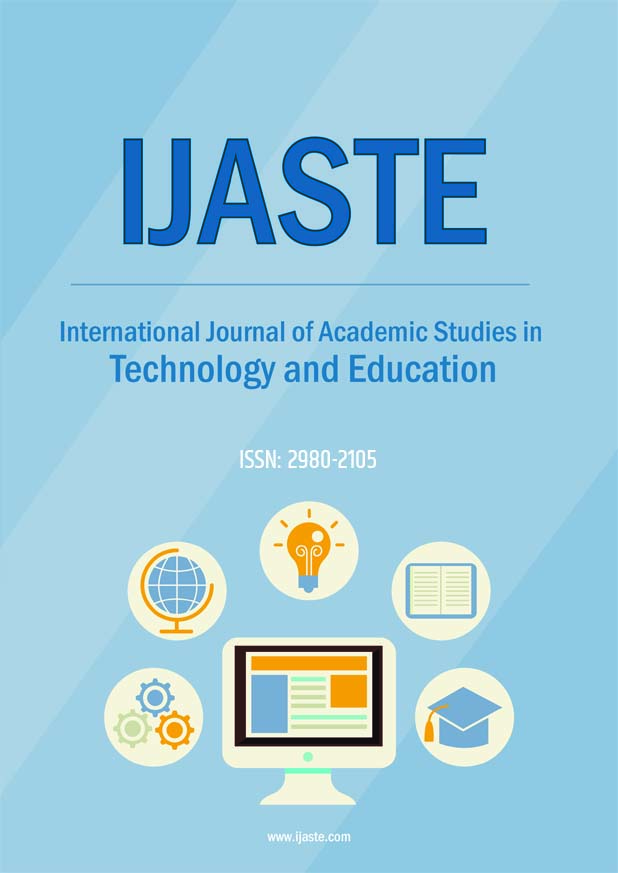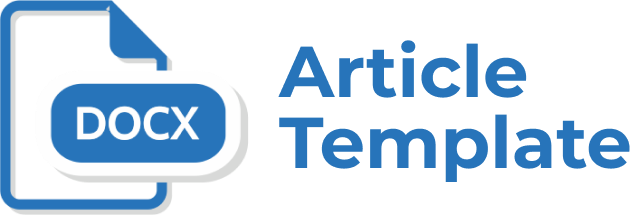Participatory Experiences as Digital Literacy Intervention: Using Cultural Heritage Collections to Build
Abstract
Diverse communities have been forming and interacting online for over three decades, and cultural heritage organizations have the opportunity to enhance user experiences by experimenting with new strategies for user engagement that build community and attract new audiences. Cultural Organizations are spaces for discovery, innovation, interrogation, encouraging agency and exploration of not just objects but also the very missions of the organization. By adopting a mission around using collections items, crowdsourcing projects, and programming to expose digital literacy concepts like bias, algorithms, and more, institutions have a new ability to become essential to life-long learning geared towards this second quarter of the 21st century. The Consolidated Appropriations Act of 2022 directed the Institute of Museum and Library Services to explore ways to improve information literacy within communities. As acting director of IMLS at the time, Cyndee Laundrum stated, “we want to empower these trusted library and museum professionals who play a critical role in helping improve digital, financial, and health literacy to serve the needs of diverse communities.” This paper will look at lifelong learning, and participatory culture, in museums, archives, and libraries, providing examples of projects that have expanded access to collections, increased web accessibility through alt-text generation, and tackled digital literacy through hands-on use of AI models.







 International Journal of Academic Studies in Technology and Education (IJASTE)
International Journal of Academic Studies in Technology and Education (IJASTE)